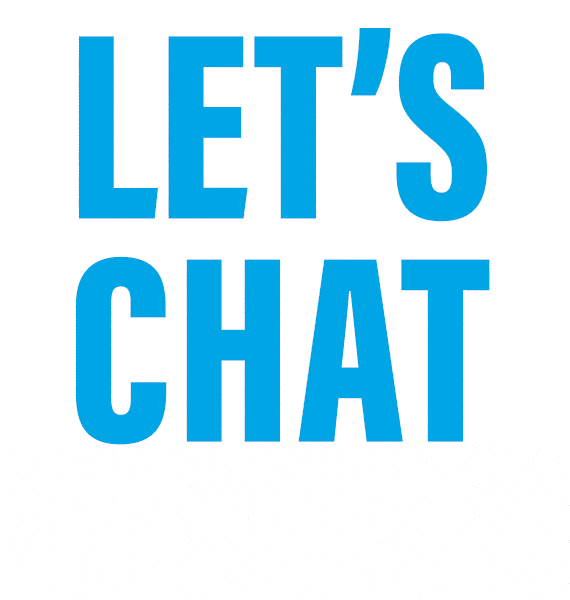Why did you choose that specific credit card that you carry with you? Cash back? Airline points? Interest rate? The charities it supports? The value equation that you considered, consciously or subconsciously, was influenced by variables that are important to you personally. And something about that credit card satisfied something in you. In other words, that piece of plastic and the company behind it are somehow more human to you than the others that you did not choose.
Tech fatigue is growing and there is a trend toward nostalgia, or the way things were ‘before’ (Mintel 2023). For banks and credit unions, this does not mean we are going back to long teller lines with human interaction for every transaction. It does mean that there is opportunity for the bank brands that can build relationships with customers based on their values.
Perhaps a bank that trades that travel point program for a school supply partnership could attract customers with kids in school (over 40% of the US population). Or allow the cardholder to choose which charity their cash back supports (56% of the US population donates). Local and regional banks are historically hesitant to develop these types of promotions because they require a fair amount of work to organize, execute, and market. However, there is no substitution for human relationships, which we all know take work to develop and maintain.
The fundamentals of branding do not cease to exist in any environment. People choose brands that they trust to deliver on what they expect of them- no matter what that expectation is (high or low price, high or low quality, service, etc). A bank that supports what you support is much more likely to have your trust than one that doesn’t.
Fintech, AI and digital marketing seem to have intimidated the bank marketer. We must realize that, despite the tools available to us, the fundamentals of marketing and branding are still necessary in order to compete. The tools actually make the job easier – if you don’t forget that you’re marketing to humans.










